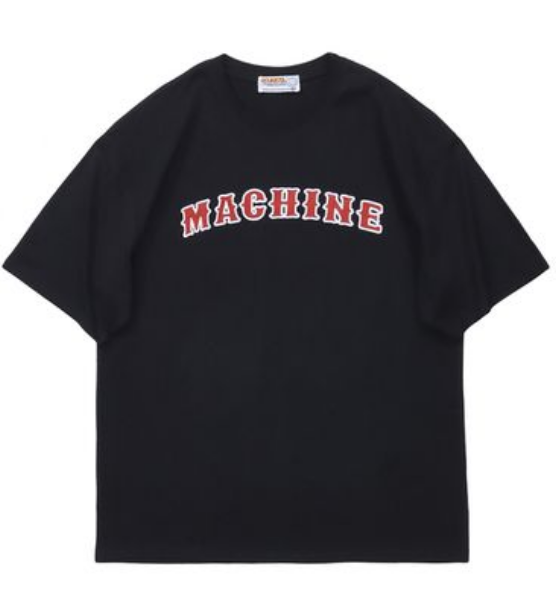Perfectly presenting the entire process of garment sewing includes the following key steps:
1. Design and sample production: The entire process of garment sewing begins with Design begins. Designers design clothing styles based on market demand and fashion trends and produce samples. Sample production is an important step in verifying the design concept and structure. Through trying different fabrics and cutting methods, a suitable sample is finally determined.
2. Fabric preparation: Before formal sewing, the fabric needs to be prepared. This includes marking, cutting and working the edges on the fabric to ensure the pieces join together accurately during sewing. At the same time, the fabric should also be checked for color differences, defects and other issues to ensure that the quality of the fabric meets the requirements.
3. Cutting: Cut the fabric according to the size requirements of the design draft and sample. In this step, it is necessary to accurately measure, mark and use Scissors or cutting machine to cut the fabric. When cutting you need to be careful to leave a proper seam allowance for future sewing.
4. Sewing: After the fabric cutting is completed, sewing begins. This involves stitching the various parts together as per the design requirements. Different sewing methods include flat seams, overlock seams, overlock seams, etc., and different parts and fabrics may require different sewing techniques. During the sewing process, you need to pay attention to whether the stitches are straight, whether the flat seams are symmetrical, whether the seams are tight, etc. to ensure the sewing quality.
5. Try-on and touch-up: After sewing is complete, try-on the garment to ensure fit and comfort. Necessary modifications can be made based on the try-on effect, such as adjusting the waist, skirt length, etc. At the same time, some decorative modifications can also be made, such as adding buttons, zippers, lace, embroidery, etc., to enhance the texture and beauty of the clothing.
6. Quality inspection and packaging: After sewing is completed, quality inspection is required to ensure that the clothing has no defects, damage, etc., and meets the design requirements. Quality inspection can screen out problematic clothing to ensure the quality of factory products. Finally, during the packaging process, the garments are sorted, folded, and priced for easy sale and display.
In summary, the entire process of garment sewing is perfectly presented, covering design and sample making, fabric preparation, cutting, sewing, fitting and modification. , quality inspection and packaging and other aspects. Every link requires attention to detail and strict control to ensure that high-quality clothing that meets the requirements is finally produced.






